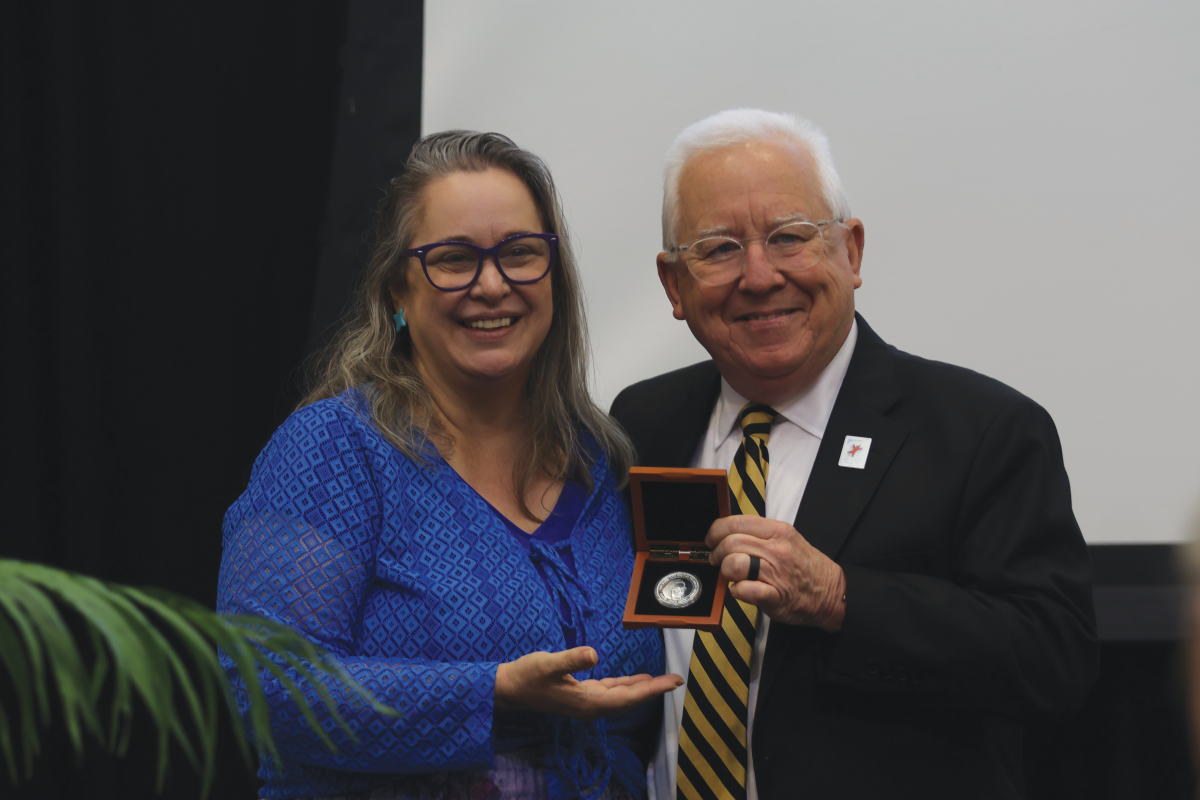
If you went to see “St. Vincent” in theaters this weekend, you probably had a good time enjoying Bill Murray being himself, the one-liners and situational comedy that made it a watchable film. Well, let me ruin that for you.
Even if there were some good things to this movie – clever humor or personable characters with decent acting – something essential seems to be missing. For example, Bill Murray and Naomi Watts stand out with good performances as one would expect from them, but it was clearly not enough to hide how poorly the characters were written.
The result was a movie that is good on the surface, which made for a good trailer to lure me into the theater, but actually very shallow in how all the characters lack depth and the plot was one that we have seen and heard a million times.
A quick look at Theodore Melfi, who wrote, directed and produced the film, revealed why it seems to lack authenticity, genuineness and straight-up soul. Melfi’s career revolved around producing.
His job has mainly been to make sure movies written and directed by other people are appealing to audiences so they bring the maximum amount of money home. By virtue of his profession, he knows what will financially make a movie successful.
However, his writing and directing experience was limited to a handful of short films, and “St. Vincent” can be described as his debut film as a screenwriter and director. The result was a film that appeared as a mere equation of all the elements that added up to be a successful movie, sacrificing the craft of good writing and good directing.
Dialogues were plain and ordinary, often sounding unnatural and shallow. It looked like Melfi considered that being able to afford top-notch actors would make up for missing the art of an experienced director and the original ideas of a screenwriter. It helps, but it was far from enough.
Murray played this overused role of the lonely, anti-social, grumpy old man whose charisma made him appealing despite being a terrible person. Check out “Gran Torino” if you want an amazing Clint Eastwood in the exact same role. In the end, you appreciated Bill Murray for Bill Murray, not for the character he was playing.
That character is led to face other ordinary people: a meek little boy who’s too smart for his own good and his single, overworked mother who struggled between her job as a nurse and taking care of her child alone. These characters go through a ton of difficulties involving hospitals, the health care system, elderly care institutions, gambling, alcohol and so on.
You could feel Melfi slowly and unsubtly listing on the screen all the elements that the American middle-class audience will easily relate to, which usually makes for good ratings. The result was a typical Hollywood storyline portraying the extraordinary qualities of ordinary people overcoming the everyday-life challenges.
When these old classic plots are handled with little grace and subtlety, it appeared that the film industry – as much as I despise that term, it was relevant in this context – cashed in on the feeling of comfort the audiences find in those movies. The goal was to make the ordinary people feel special, and people will pay money for that feeling.
The problem resides in how it was done. With the producers having a larger place in movie-making every year, to the detriment of artistic minds of directors and writers, films are getting formatted. It is true of aesthetics, plots, dialogues and even the music. Every film has the same look, the same feel.
The result was the viewer passively receives information that is conveniently laid out in front of him, pre-processed so that he knows what to think, how to react and how to feel.
The money factor has eliminated risk-taking in favor of normalization of the industry, because the audiences are willing to pay to have the same emotions forced on them with the same plots, characters, developments and aesthetics movie after movie, making none of them memorable.
In this sense, “St. Vincent” was a cute and comfortable movie that served its purpose for both audiences and its production company, but not one that should be remembered.




































